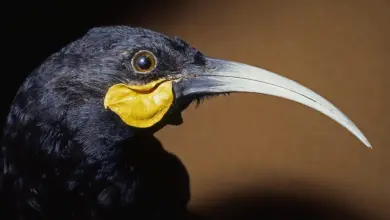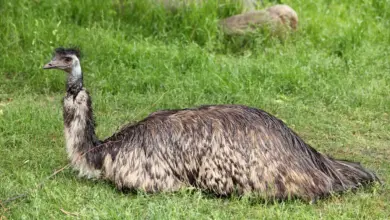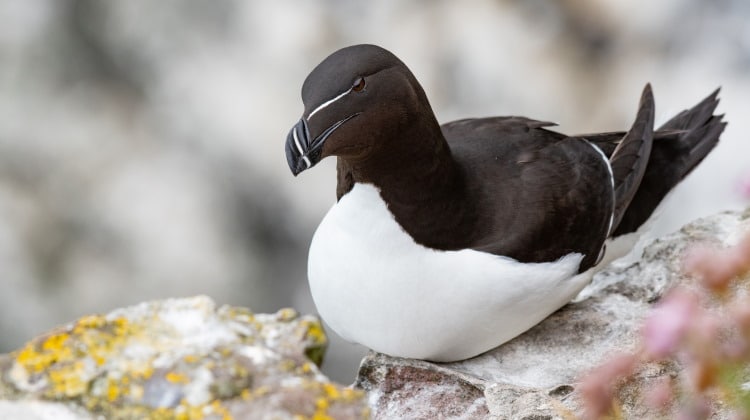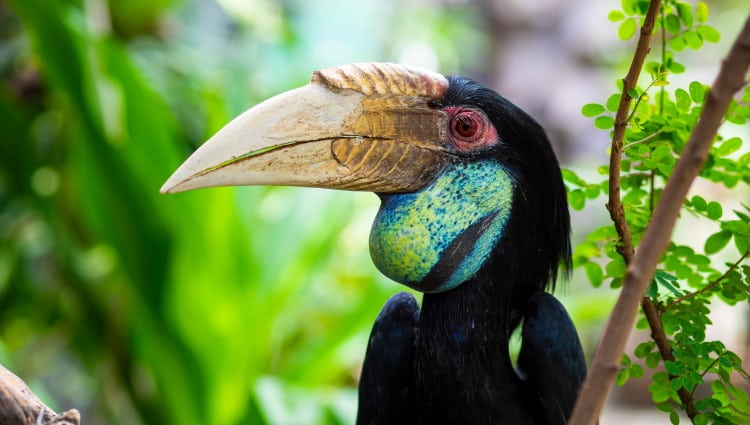The Baikal Teals (Anas formosa) is a dabbling duck.
Distribution / Range
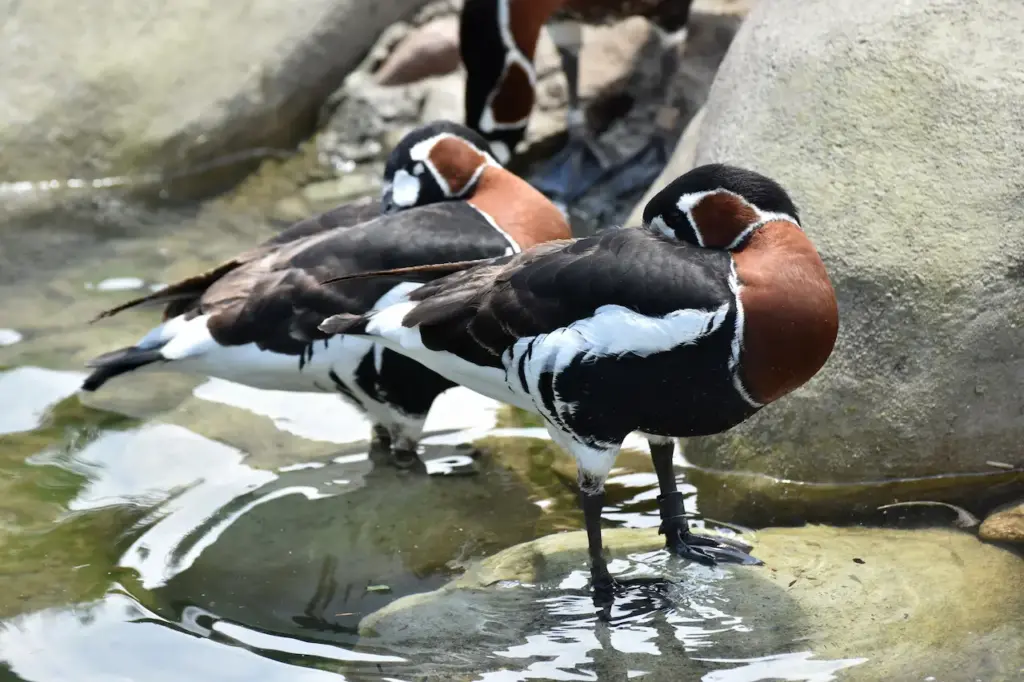
It breeds within the forest zone of eastern Siberia from the Yenisey basin eastwards to Kamchatka. It is a migratory species, wintering in Japan, Korea, and northern and eastern China.
It breeds in pools on the tundra edge and within swampy forests. In winter it is found on lowland freshwaters.
This species is classified as Vulnerable due to hunting and destruction of its wintering wetland habitats.
Description:
At between 39 and 43 cm, this duck is slightly larger and longer-tailed than the Common Teal. The breeding male is unmistakable, with a striking green, yellow, and black head pattern and a white vertical line at the side of the breast.
The females also have a distinctive head pattern with a small but prominent circular white loral spot and a dark stripe behind the eye. The juvenile has a similar plumage to that of the female, and can be distinguished from the Common Teal by the pale loral spot (= loral area is the area between beak and eyes).
In non-breeding (eclipse) plumage, the drake looks more like the female, but the plumage is a much richer rufous colour.
Diet / Feeding:
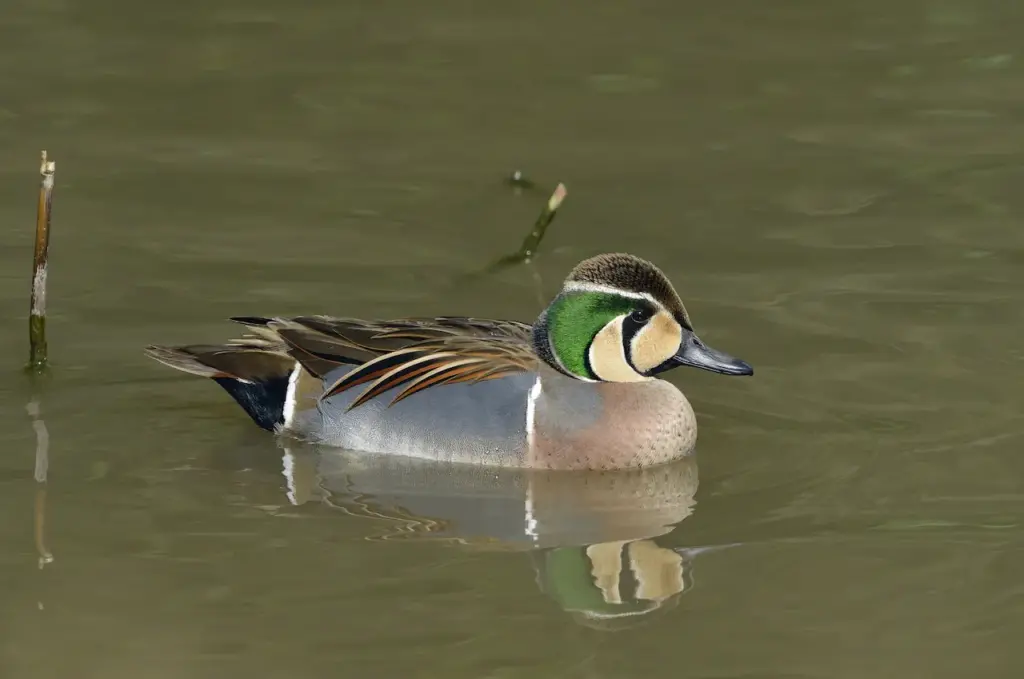
Ducks feed on larvae and pupae usually found under rocks, aquatic animals, plant material, seeds, small fish, snails, and crabs.
Instead of “teeth,” ducks have serrations (saw-like edges) on their bills that allow them to filter food out of the water.
Feeding Ducks …
We all enjoy these beautiful birds and many of us offer them food to encourage them to come over and stay around – and it works! Who doesn’t like an easy meal?
However, the foods that we traditionally feed them at local ponds are utterly unsuitable for them and are likely to cause health problems down the road. Also, there may be local laws against feeding this species of bird – so it’s best to check on that rather than facing consequences at a later stage.
- Foods that can be fed to Ducks, Geese, and Swans to survive cold winters and remain healthy when food is scarce in their environment.
Please note that feeding ducks and geese makes them dependent on humans for food, which can result in starvation and possibly death when those feedings stop. If you decide to feed them, please limit the quantity to make sure that they maintain their natural ability to forage for food themselves – providing, of course, that natural food sources are available.


